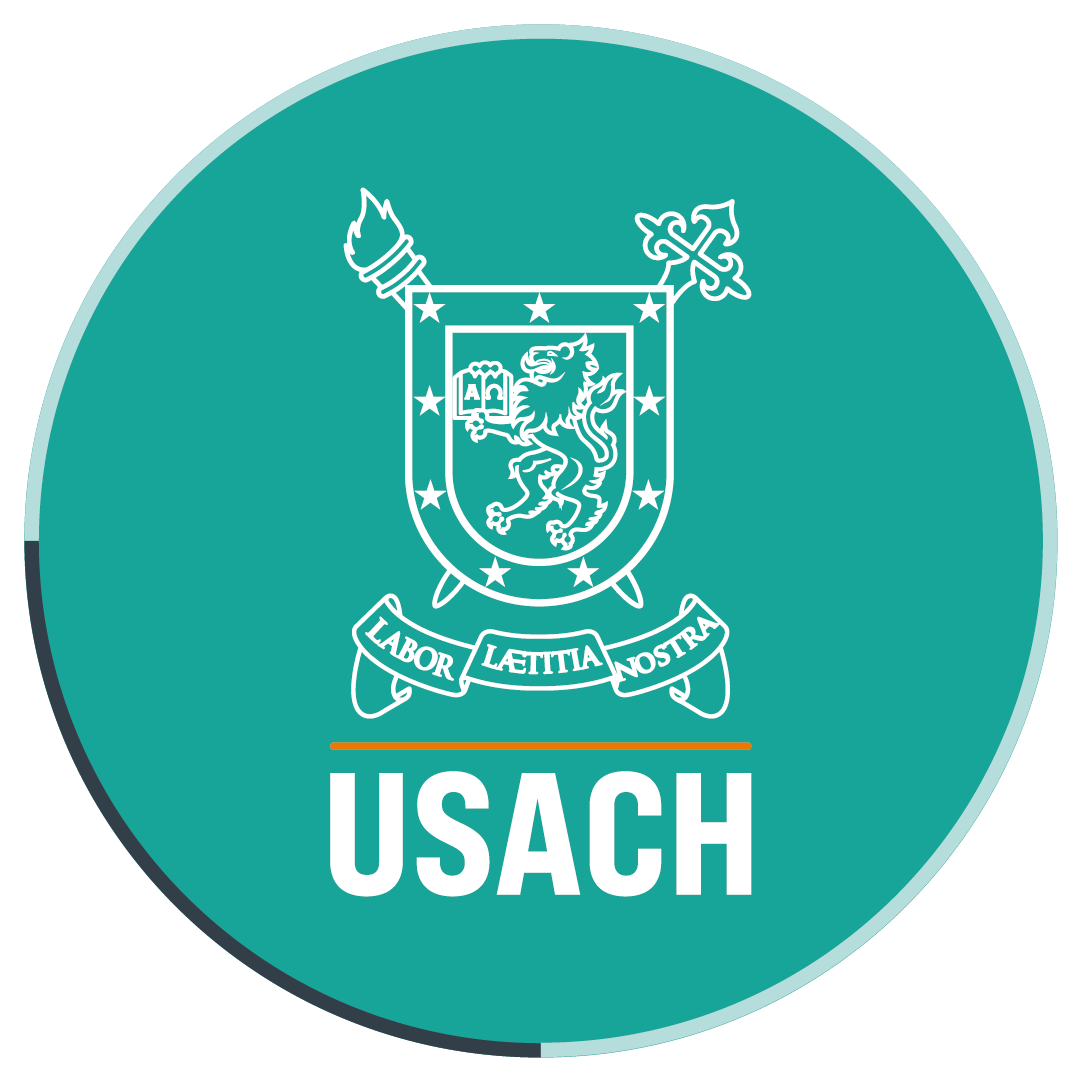Safer process for cyanide absorption and stripping in gold mining developed by research team at Universidad de Santiago
- Cyanide is one of the most commonly used chemicals in gold mining, mainly because it is easy to obtain and is highly effective in recovering this metal. However, due to its high levels of toxicity, its use should be controlled to avoid leaks. This is the reason why the process suggested in the study led by Dr Julio Romero, professor at the Department of Chemical Engineering of our University, is so important.
“These processes require very large equipment and a constant control, and may involve potential hazards, like leaks. This fact is particularly critical, because there may be gas streams containing cyanide as hydrogen cyanide flowing in the plant through large columns that could affect both people and the environment, if they are not handled with enough caution,” Dr. Julio Romero, researcher at the Department of Chemical Engineering, said.
For these reasons and according to the research lines of the Laboratory of Membrane Separation Processes (LabProSeM) of Universidad de Santiago de Chile, the research team conducted a study to minimize the risk posed by the changing conditions of cyanide by means of a membrane absorption process. The study was published by the Journal of Membrane Science with the name of “Design and cost estimation of a gas-filled membrane absorption (GFMA) process as alternative for cyanide recovery in gold mining.”
“We developed and adapted a new process that requires only one confined and compact piece of equipment. It allows cyanide to pass from one phase to the other without having to change its condition to gaseous state in a circulating stream, thanks to a membrane that absorbs and desorbs this substance in one stage,” he explained.
The system works as a selective barrier, partly similar to biological membranes. These membranes are commercialized in the market and they are adapted for this specific use.
“This time, we evaluated a membrane with gas-filled pores, specifically, air-filled pores. In this way, the two solutions- the one from which the cyanide will be removed and the one in which the cyanide will be kept- contact each other passing through the membrane pores. This allows a controlled operation, reducing the risk of cyanide escapes into the atmosphere,” Dr Romero said.
The study was developed as of some systems that simulated the composition of the water in a gold deposit. This increases the feasibility of the design in real operations, because it suggests a reduction in the energy footprint of the process. Besides, it produces a 35% more of the net value provided by the AVR system and is comparable to the SART process.
The published article is the result of a more extensive study related to the dissertation work of Humberto Estay, graduated from the Engineering Sciences PhD program with a Major in Process Engineering, at Universidad de Santiago. Students and academics at Universidad Tecnológica Metropolitana have also contributed to this work.
Contributing to Green Chemistry
The LabProSeM has worked for more than 14 years on the study of membrane separation processes and their use in hydrometallurgical processes, food processing, biofuel separation and gas and waste management.
Currently, the different studies supported by this laboratory have an ultimate goal: to incorporate the principles of eco-friendly chemistry. This idea was inspired by the green chemistry philosophy, based on 12 principles that intend to reduce the impact of future chemical processes.
“Membranes, as selective barriers, use a physical means to restrict the use of reagents and chemicals harmful to the environment. We would like to focus our research lines on the development of applications that respect the principles of green chemistry. We try to modify the design of our products, chemical treatments, processes and others, to make them eco-friendly. All this with the purpose of eliminating or considerably reducing the production of pollutants,” Dr Romero said.
Translated by Marcela Contreras

